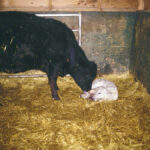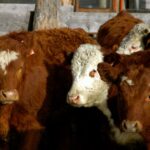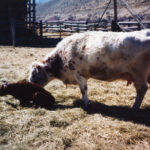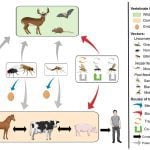
Cow-Calf

Tips for getting calves up and going
Great calving season advice from the Beef Cattle Research Council

Tips on growing replacement heifers
Keep them growing with a good plane of nutrition, but don’t get them fat

Tips on when and how to check cows during calving
Don’t hesitate to check progress — it’s better to intervene a bit early than too late

Invest in a good feeding program after calving
It benefits in rebreeding and also fall-calf weaning weights

Your calving season checklist — be prepared
Don’t wait till the last minute to start searching for equipment

Prep heifers for breeding and calving
Bred or unbred, these animals need energy to grow

Tips for a healthy calving season
Animal Health with Roy Lewis: All players should share ideas of what works and what doesn’t

Cow-calfers and backgrounders should hold off
Market Update with Jerry Klassen: Keep lighter calves from the 2020 crop for as long as you can

Tips for ‘grafting’ a new calf to a new mother
Smell and taste are two senses used in the bonding process

Leptospirosis in cattle is difficult to study
Animal Health: Often affects beef reproduction and can reduce milk production


